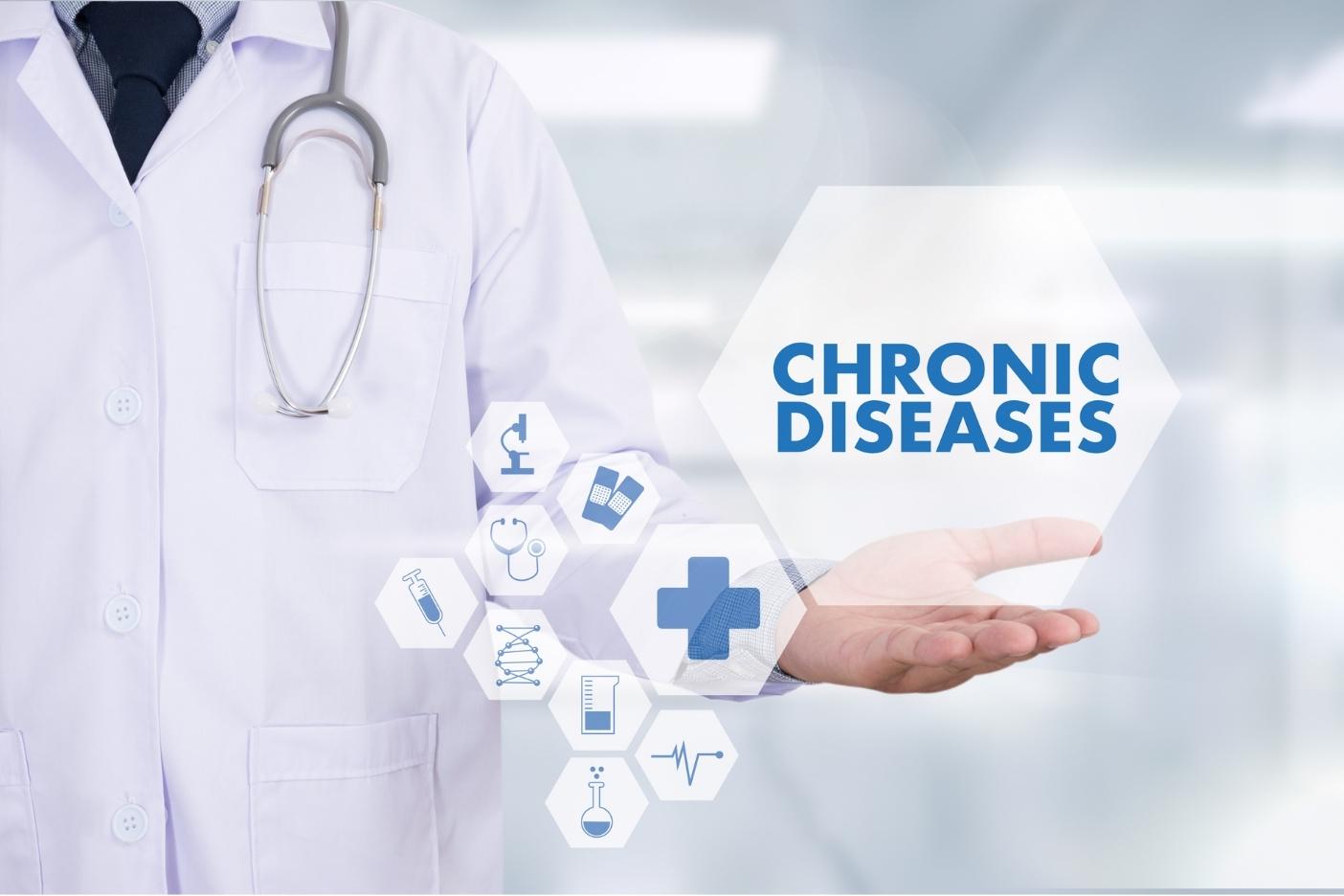
Navigating the Landscape of Chronic Conditions: Understanding Hypertension, Diabetes, and Hyperlipidemia
In the intricate tapestry of human health, chronic conditions such as hypertension, diabetes, and hyperlipidemia are threads that require our attention and understanding. These conditions, though common, can significantly impact our quality of life if left unmanaged. Let’s delve deeper into each of these chronic ailments, exploring the types of tests required for diagnosis, the age groups commonly affected, the risk factors associated with them, and the common symptoms experienced by those affected.
- Hypertension (High Blood Pressure):
Hypertension, often referred to as high blood pressure, is a prevalent condition affecting a substantial portion of the global population. It’s often called the “silent killer” because it usually doesn’t cause noticeable symptoms until it leads to severe complications. High blood pressure can cause headaches, shortness of breath, nosebleeds, and dizziness in some cases.
However, these symptoms are not specific and may be attributed to other factors.
Regular blood pressure screenings are essential for early detection. Systolic and diastolic measurements above 140/90 mmHg indicate hypertension. This condition commonly affects adults, particularly as they age, making routine screenings essential, especially for individuals above 40.
- Diabetes (Type 2 Diabetes):
Diabetes mellitus, particularly Type 2, is a metabolic disorder characterized by elevated blood sugar levels. Common symptoms of diabetes include increased thirst, frequent urination, unexplained weight loss, fatigue, and blurred vision. If left untreated, diabetes can lead to complications such as heart disease, kidney problems, and nerve damage.
Diagnostic tests for diabetes include fasting blood glucose tests, oral glucose tolerance tests (OGTT), and HbA1c tests.
Diabetes can affect individuals of all ages, but it is more prevalent in adults, especially those above 45.
- Hyperlipidemia (High Cholesterol):
Hyperlipidemia refers to elevated levels of lipids (fats) in the bloodstream, particularly cholesterol and triglycerides. High cholesterol often doesn’t cause symptoms until it leads to serious health issues like heart disease or stroke. As a result, regular cholesterol screenings are crucial for early detection and management.
Common symptoms associated with hyperlipidemia-related complications include chest pain, heart palpitations, difficulty breathing, and pain or numbness in the legs, indicating poor blood circulation.
Conclusion: Empowering Proactive Healthcare
Understanding the diagnostic tests, risk factors, and symptoms associated with hypertension, diabetes, and hyperlipidemia empowers individuals to take proactive steps toward a healthier lifestyle. Regular screenings, adopting a balanced diet, engaging in physical activity, and managing stress are pivotal in preventing and managing these chronic conditions. By reading more about high blood pressure Singapore, embracing preventive measures and making informed decisions, we can navigate the complex landscape of chronic conditions, ensuring a healthier, vibrant future for ourselves and generations to come.







